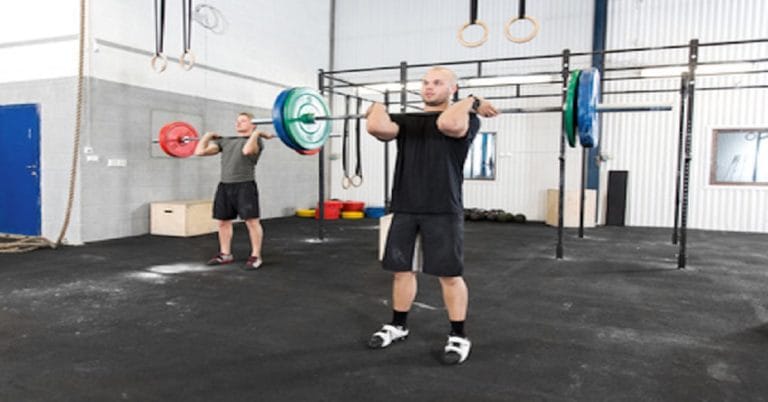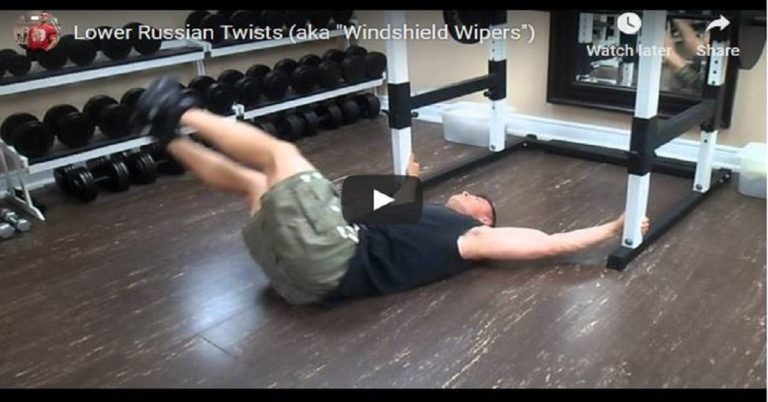As I put this plan into action, I quickly realized that some workouts stretched beyond 90 minutes, with one even hitting the 2-hour mark. To prevent excessive muscle breakdown, I supplemented with branched-chain amino acids (BCAAs) and glutamine, which significantly reduced post-workout soreness. To support recovery and muscle growth, I increased my calories, mainly through…
In early August 2010, my wife and I took the kids to the cottage for a week. Just before the trip, I put my How to Get Lean in One Week plan into action, intentionally overtraining for six straight days to induce a supercompensation effect. The idea was simple: push my body hard, then let…
Rule #1: Doing high-rep sets at the beginning of a workout increases lactic acid levels and inhibits the recruitment of high-threshold motor units, decreasing strength. Rule #2: Pyramiding from high reps to low reps crosses too many borders and confuses the body. Keep intensity within a narrow range. Rule #3: There’s an inverse relationship between…
During an episode of The Motivation and Muscle Podcast Show, Brooks Kubik, author of Dinosaur Training Secrets, discussed how weightlifters in the 1930s and ’40s naturally gravitated toward high-protein, low-carb diets. Without modern nutrition courses or research, they relied on instinct. When they prioritized protein, salads, and vegetables, they felt better, looked better, and performed…
On page 81 of The Elite Trainer, I discuss a controversial topic in strength training: Are Olympic lifts necessary to improve athletic performance in sports other than Olympic weightlifting? Let’s explore what some of the top experts in the field have to say. Bret Contreras: Comparing Olympic Lifts to Powerlifting “For decades, coaches have debated…
Prescribing a specific number of repetitions is not always ideal in strength training. Sometimes, regulating time under tension (TUT) is a better approach than simply counting reps. One example we looked at a few weeks ago was the wrist roller exercise. When Time Under Tension Works Best Certain exercises make it difficult to count reps…
When my wife and I bought a new home around 10 years ago, we knew we were going to spend a few dollars on structural upgrades. One of them was an extra foot of ceiling height in the basement so that once my gym was set up, overhead pressing wouldn’t be a problem. That foot…
In a recent interview, Gary Reinl, author of ICED! The Illusionary Treatment Option, discussed the importance of lymphatic drainage. As Reinl puts it, the lymphatic system is essentially a drainage system that takes out the garbage. Think of it like a garbage disposer in your sink—it takes waste in from one end and disposes of…
I hate to break the news, but in strength training, there’s really nothing new under the sun. Take the popular “10 sets of 10 reps” method. Most modern-day lifters were introduced to this system by Charles Poliquin in the July 1996 issue of Muscle Media 2000, but anyone familiar with Vince “The Iron Guru” Gironda…
Every year, many professional bodybuilders take an extended leave from training. They do this for a few reasons. The rigors of training and dieting to peak for a competition can take a toll both mentally and physically, so it’s beneficial to rest before going on the hunt again. A layoff gives the body time to…










